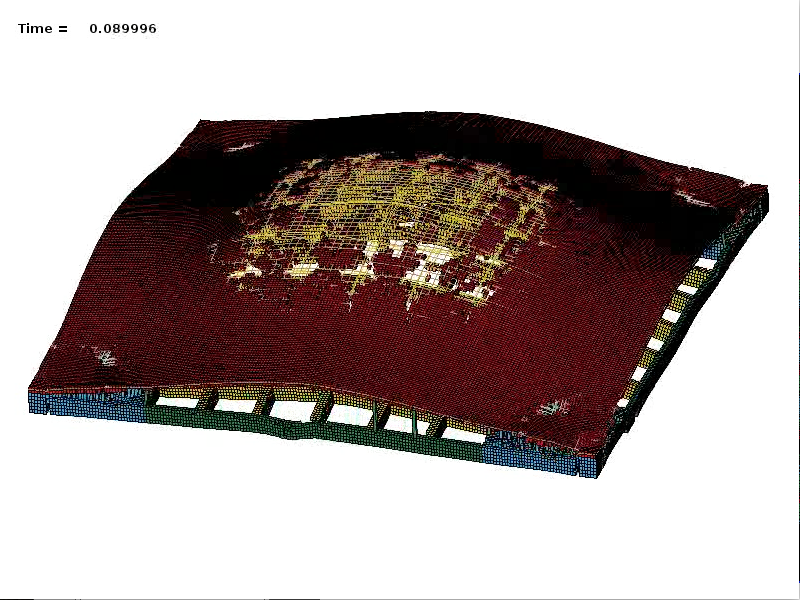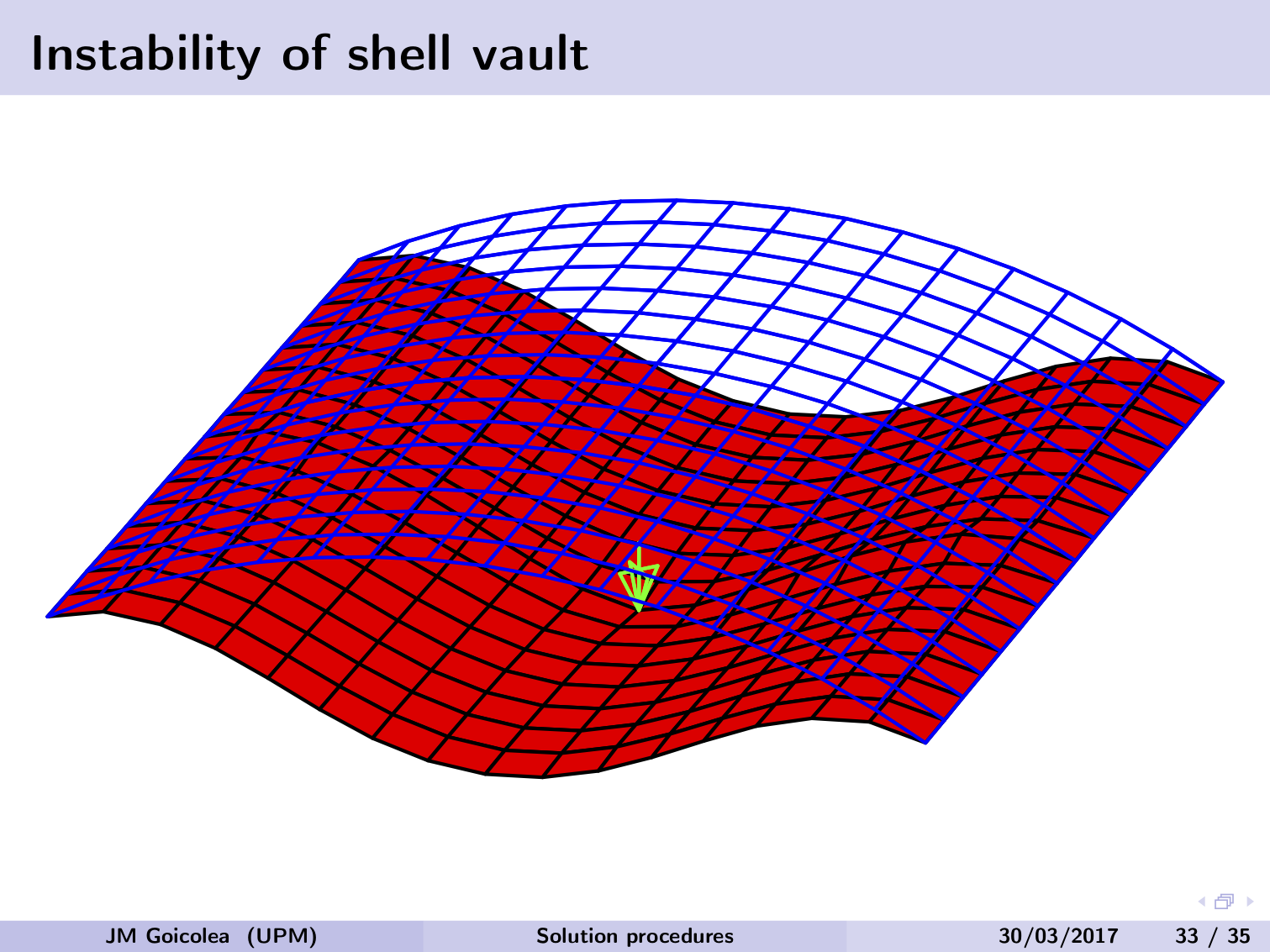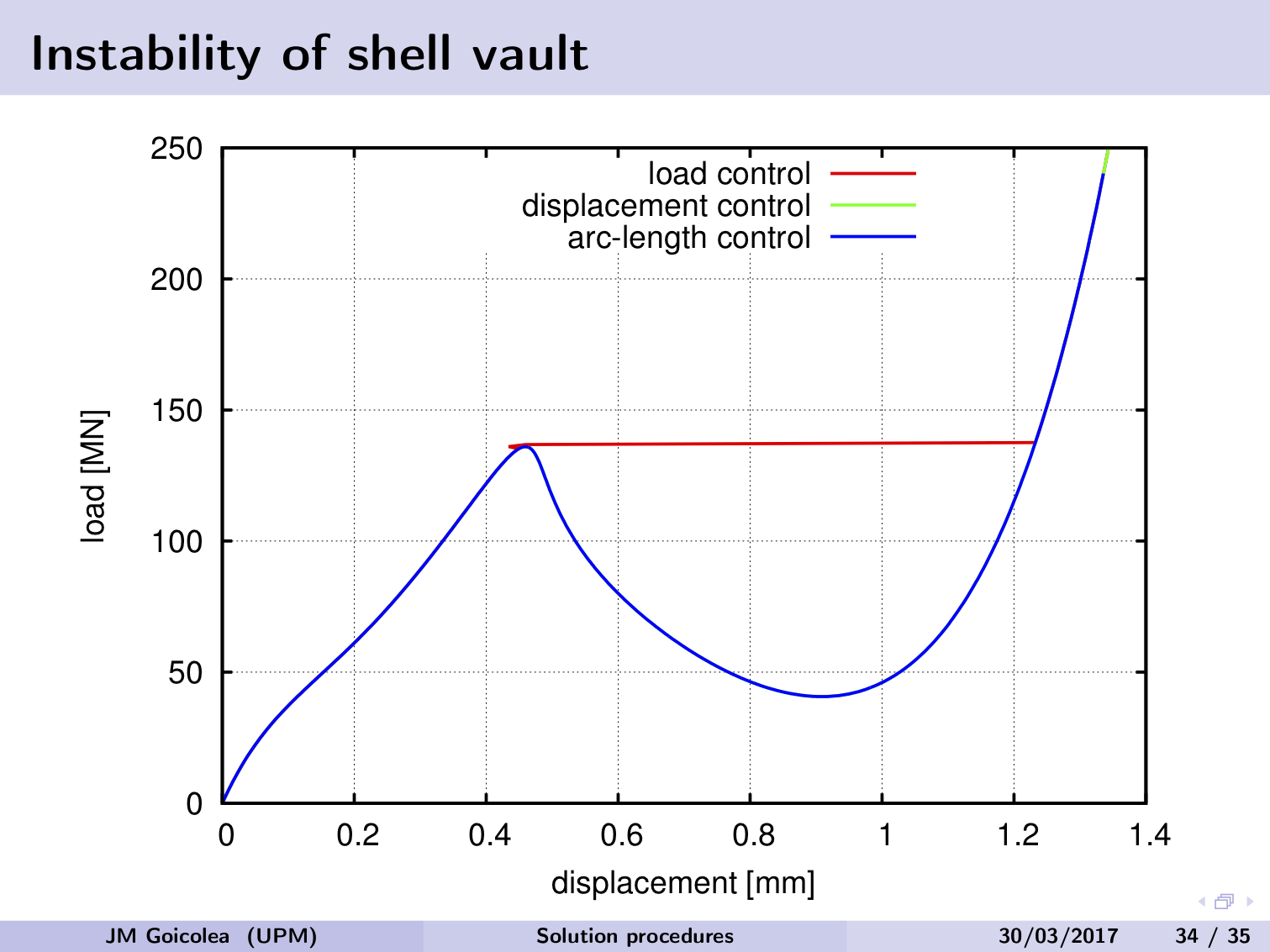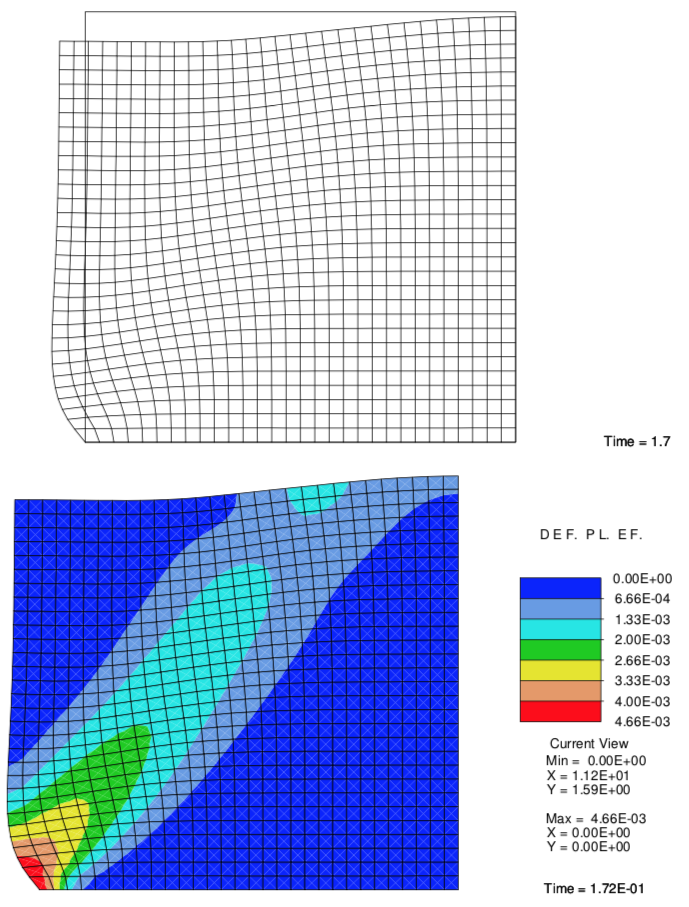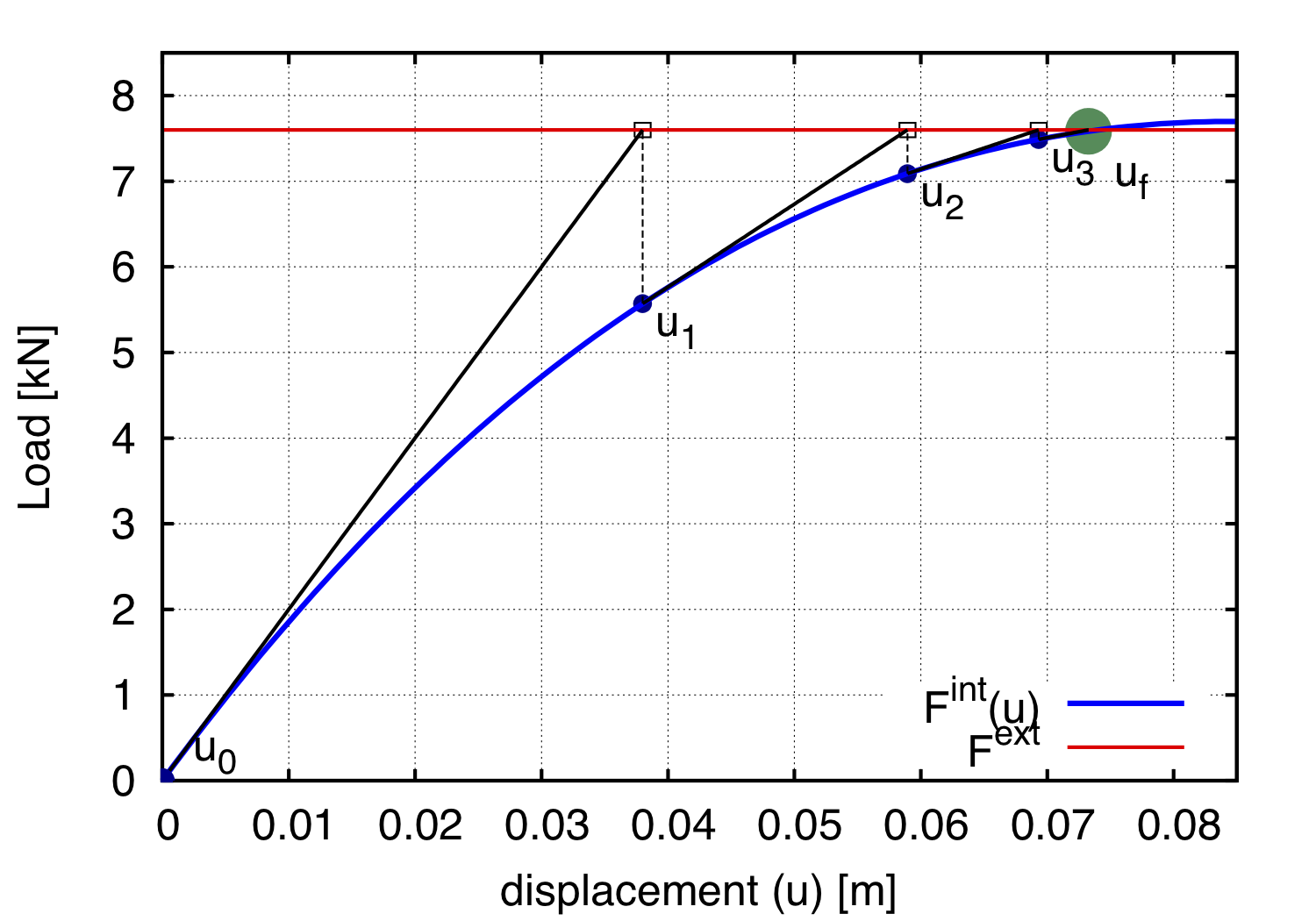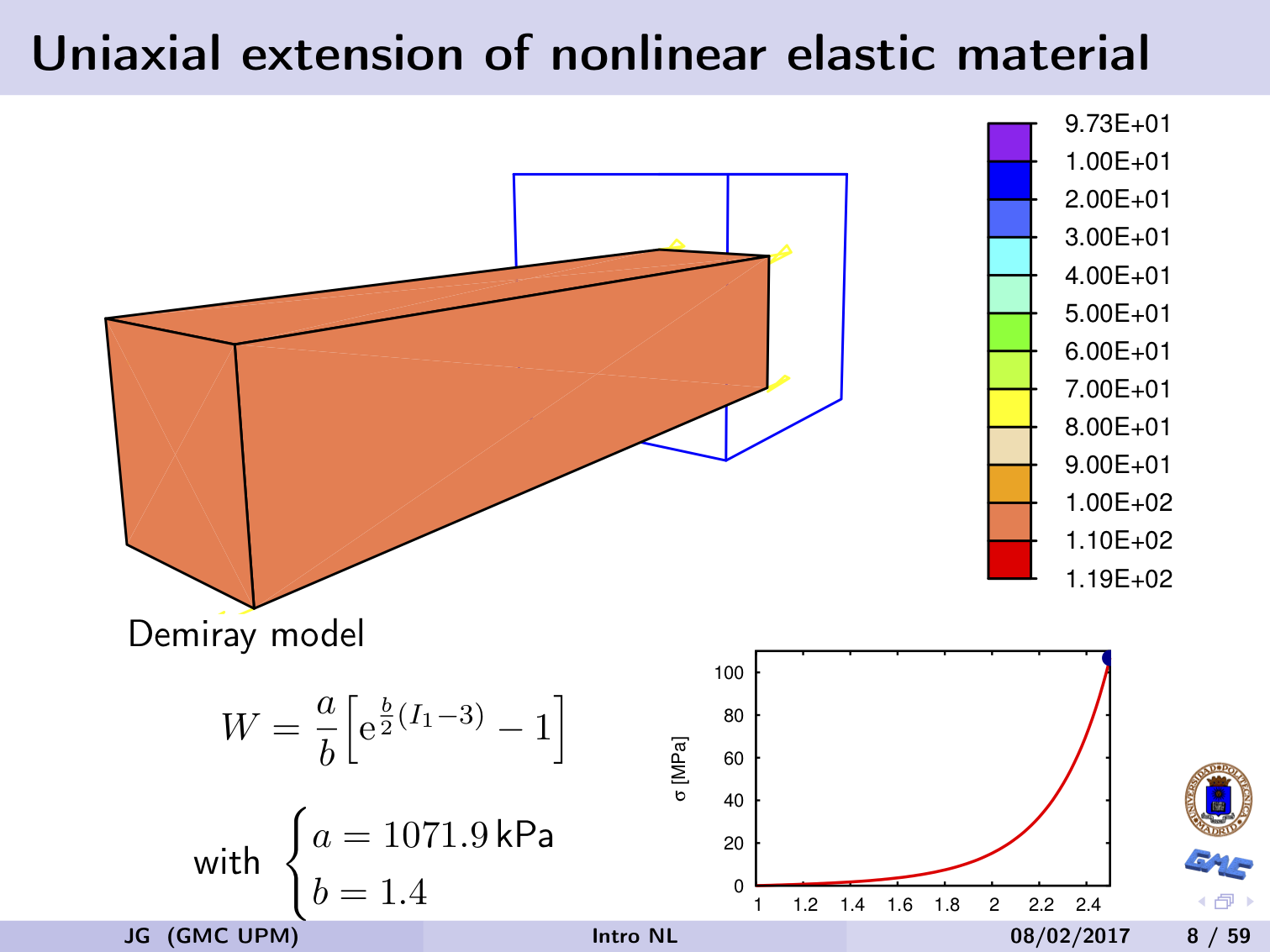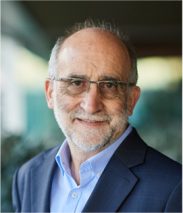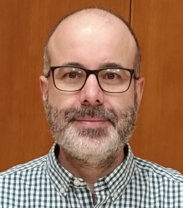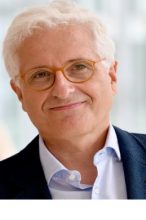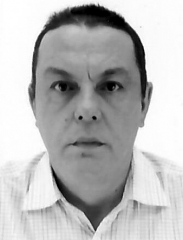Nonlinear finite element models for solids and structures
The course is based on a balanced content between theory and practice of Finite Element Methods for Nonlinear applications in solid and structural mechanics. The applications will be performed using ABAQUS and FEAP FE programs. The topics and applications covered include nonlinear continuum mechanics, nonlinear geometrical behaviour (large strains, displacements and rotations), material nonlinear behaviour (nonlinear elasticity, plasticity, viscoelasticity…), nonlinear dynamics and special topics for industrial applications in civil, mechanical and biomedical engineering. The focus of the theory will be on the concepts and phenomena in nonlinear behaviour, as well as on the mathematical and numerical models needed for their interpretation, from the perspective of an advanced user.
Additional info
Students are expected to have a good basic background in finite elements, for which in principle the course given in the 1st semester “Finite Element Method / Método de los elementos finitos” is required.
A solid background in algebra and vector calculus is also required.
Detailed Learning Guide
Main topics
- Introduction to nonlinear problems Nonlinear behaviour in mechanical and structural applications. Detailed analysis of basic examples for understanding the nature of the problems and of the finite element solutions. Sources of nonlinear behaviour in solids and structures. Required features of nonlinear FE programs. State of the art in advanced applications of FE to engineering problems.
- Concepts in nonlinear continuum mechanics: Large strain formulation. Kinematics. Strain tensors. Stress tensors. Balance principles and conservation theorems. Thermodynamics. Constitutive equations of materials: general principles.
- Constitutive models for plasticity and viscoplasticity Elastic-plastic models. Finite strain elastoplasticity. Integration of the equations of plasticity. Tangent elastoplastic matrix. Algorithmic consistent tangent. Viscoplasticity. Applications.
- Constitutive models for gelogical and cohesive-frictional materials Material properties and models. Concrete: properties and models in compression and tension.
- Constitutive models for nonlinear elasticity and viscoelasticity Models for incremental hypoelasticity. Hyperelastic models. Elastomers. Anisotropy. Soft biological tissue. Viscoelasticity.
- Formulation of the discrete nonlinear equations Total Lagrangian and updated Lagrangian weak formulations. Linearization of the weak formulation. Interpolation of strains. Evaluation of internal forces. Tangent stiffness matrix. Finite element equations.
- Mixed and hybrid elements for nonlinear probelms Enhanced assumed strains. Elements u-p-theta. Finite elements for incompressible Navier-Stokes flow.
- Solution algorithms for the nonlinear equations Equilibrium solutions and implicit time integration. Linearization and iterative solutions. Line search for acceleration convergence. Continuation methods: arc-length. Stability.
- Models for nonlinear dynamics Explicit methods. Implicit time integration. Contact and impact. Rigid bodies. Constraints. Energy-momentum method.
- Final course projects (assignment, discussion and presentation): Workshops for discussion and assignement of final course projects, and presentation of projects by students.

